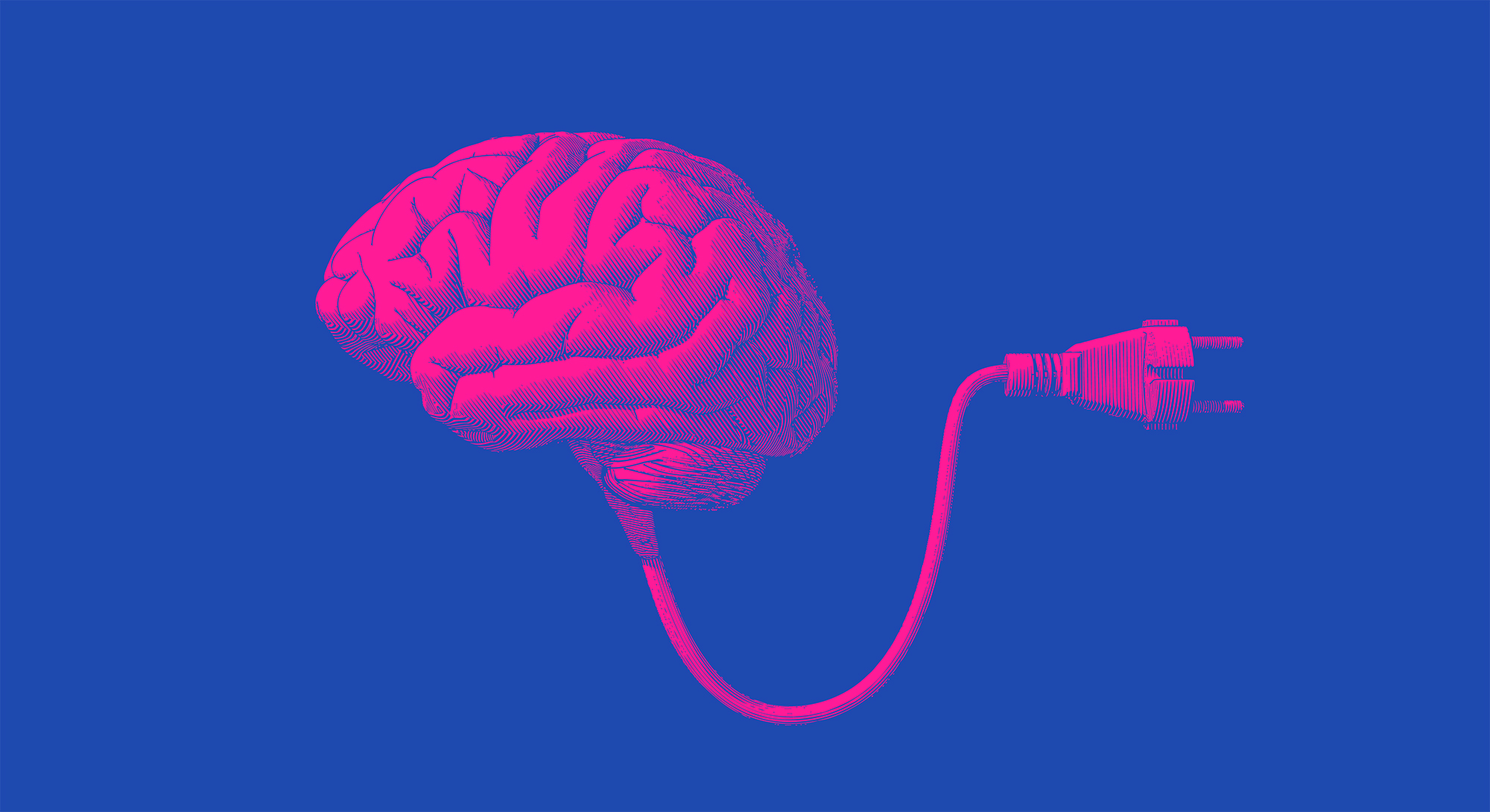How To Use ChatGPT In the “Five Moments of Need”

For learning and updating skills at work, most companies use trusted, vetted sources of information within their own learning experience platform (LXP), a system carefully crafted to provide the information employees need to do their job in alignment with their company’s goals. In the near future, intelligent tutoring systems (ITS) will use AI to more precisely assess and match a learner’s skill level with a learning path, automatically recommending next steps. But business demands are in constant flux and LXPs may, as they evolve, develop gaps that leave you stuck when looking for a solution in the midst of a problem. In a pinch, if your company allows you to access it, ChatGPT might be able to help you in surprising ways.
ChatGPT is the Large Language Model (LLM) generative AI system developed by OpenAI that is transforming the way the world thinks about online search capabilities. The company announced it now provides direct access to current information on the internet to all customers, with links to sources, which will significantly increase its usefulness to business. OpenAI is also rolling out audio and video interactivity that will add to the technology’s power.
However, keep in mind that Large Language Models have significant shortcomings, and can seem more capable than they really are. You will need to carefully vet your results. Beware, for example, of the technology’s tendency to homogenize language, to return irrelevant information or, worse, to “hallucinate” erroneous facts. While ChatGPT has drawbacks, it can be a useful place to achieve some of your learning goals if other avenues fall short.
The Five Moments of Need
To make ChatGPT more effective for learning, first understand the goal you’re trying to achieve. Do you need to learn something you’ve never tried to learn before? Or did a specific situation arise that you need to respond to, and you’re looking for some help or guidance? For instance, if you’re learning a foreign language, perhaps your goal is short-term, to learn useful phrases for travel. But if you want to better communicate with business partners in a foreign language, you will need a more substantial foundation. Understanding your goals and the context in which you want to learn something can help you pinpoint the quickest path to mastery.
To map a productive approach to learning, it’s useful to look at what organizational instruction researchers Bob Mosher and Conrad Gottfredson call the “Five Moments of Need” outlined in Donald H. Taylor’s book Learning Technologies in the Workplace. These are the moments when learners typically need support. The framework can help educators and instructional designers tailor training and interventions to be more relevant and effective. They include:
- “New” – when you are a beginner learning a new subject.
- “More” – when you want to deepen your knowledge.
- “Apply” – when you need to take action and apply your knowledge.
- “Solve” – when you apply your knowledge to solve a specific problem.
- “Change” – when you seek a new approach based on what you’ve learned, adapting to new trends and other contextual changes.

Generally, traditional instruction focuses on the “new” and the “more” moments. Coaching or the advice of experts can help cut instruction time and narrow down the specific remedies to solving problems at work. However, Mosher and Gottfredson assert that most corporate learning takes place in the “apply,” “solve” or “change” moments and during the process of performing daily tasks. Depending on the task, ChatGPT might offer valuable solutions in these “moments of need.”
The greatest single future trend in learning technology is likely to be the use of artificial intelligence across a range of different technologies and services.
Donald H. Taylor
Pinpointing your “moment of need” will help you hone in on what you want to learn and focus your attention on the precise outcome. As an example, here is a strategy to use ChatGPT to improve your ability to write effective press releases:
- “New” – Here, you’re learning the basics of writing a press release. Ask ChatGPT what is a press release and to list its major components so you better understand the intent of each item typically included.
- “More” – To deepen your knowledge, ask ChatGPT what makes a newsworthy and compelling press release headline or ask for the most attention-grabbing way to incorporate statistics. Ask for examples.
- “Apply” – If you are trying to come up with a press release geared to a specific purpose, for instance, announcing a new product launch, you can ask ChatGPT to write a launch press release and it will return a template suggesting language to use with correct formatting and brackets you must fill in with information such as the company’s name. The more information you can put in your prompt, the more precise its suggested verbiage. Of course, you will want to review suggestions and add nuance where needed.
- “Solve” – Ask ChatGPT to simulate scenarios that require a press release, for instance, various emergencies. Use these to gain practical experience and to troubleshoot issues that might arise. Or ask for tips to optimize language to draw in readers. Ask ChatGPT to paraphrase your release to keep it short.
- “Change” – Keep up with how marketers use press releases by asking ChatGPT about the latest trends. Ask how best to optimize for search engines or how to integrate releases into a virtual press conference strategy.
ChatGPT As Tutor In Every Moment
While ChatGPT can’t replace the expertise you get from experienced practitioners, there are ways it can be a valuable tool, not only by providing information on-demand, but in moments of learning. It is capable of providing detailed tutorials, for instance, to help you troubleshoot a technical problem. Perhaps its greatest contribution is helping workers improve the quality of their work on the fly, for instance, summarizing complex instructions into bullet points or translating a document to another language.
The research suggests that the timely delivery of just enough learning, personalized to the individual’s need and incorporated into everyday work, is how people learn best.
Nelson Sivalingam
ChatGPT can help you sharpen your writing skills for clarity and reduce the length of your reports. If you want to practice your algebra, ask ChatGPT to list problems that require the quadratic equation to solve (but be sure to specify not to list the answers, or to list them last). If you get stumped figuring out a problem, ask ChatGPT to take you through the solution step-by-step. ChatGPT can converse in many languages, so it’s an ideal technology to practice your language skills. Another plus, it’s available around the clock and it’s cheap. Used within a greater, robust learning “ecosystem,” ChatGPT can provide effective on-the-job assistance as you need it.
It’s All In the Prompt
If you’re trying to come up with the right prompts for more effective ChatGPT use, start with this: “How to Get Better Results from ChatGPT.” You can also ask ChatGPT to recommend prompts. I asked ChatGPT to suggest good prompts for “Language Learning in Five Moments” and got this response:
Here are some specific prompts that a foreign language learner can use in each of the Five Moments of Need when interacting with language learning tools or resources:
- New:
- “Teach me basic greetings and introductions in [language].”
- “Help me learn the numbers and counting in [language].”
- “Introduce me to essential phrases for travelers in [language].”
- More:
- “Expand my vocabulary with advanced words and phrases in [language].”
- “Teach me idiomatic expressions used by native speakers of [language].”
- “Provide me with examples of complex sentences in [language].”
- Apply:
- “Translate this sentence from English to [language]: [English sentence].”
- “Help me draft an email in [language] to [recipient] about [subject].”
- “Assist me in making a phone reservation in [language] for [date and time].”
- Solve:
- “Explain the usage of this grammatical rule in [language]: [specific rule].”
- “Translate this paragraph from [language] to English and point out any errors.”
- “I’m struggling to understand this text in [language]. Can you clarify it for me?”
- Change:
- “What are the current slang words or phrases in [language] that I should be aware of?”
- “How has the use of [specific word/phrase] evolved in [language] over the years?”
- “Give me tips on adapting my language skills for a business context in [language].”
These prompts can be used with language learning apps, chatbots, language exchange partners, or even online language forums and communities to seek assistance and guidance at different stages of language acquisition. They can help learners address their specific needs and challenges in each of the Five Moments of Need.
Building Your “LearnScape” with ChatGPT
Because all learners are different, a uniform approach won’t work and probably neither will one learning system. Learning strategist Katja Schipperheijn studied the ways children and adults solve problems for themselves; mostly, they look for solutions to obstacles in the moment so they can continue to focus on their goals. Once again, looking at moments of need can help direct a learner’s path. Instructional developers can create a customized “LearnScape” made up of vetted technologies and resources to serve a company’s overall L&D needs. ChatGPT is a robust tool instructors can add to their toolset when creating specific knowledge content as well as practice problems, forms and quizzes.

For L&D professionals crafting a learning journey for various employees, it’s all about identifying the elements of a learning ecosystem that will deliver the right content in the right context for the individual learner and harmonizing access. Michael Wiederstein’s interview with Nelson Sivalingam, author of Learning at Speed, offers great insights into this process. Intelligent tutoring systems are quickly evolving to provide a data-driven, AI-enhanced recommendation feature that draws from a learner’s past performance and current needs without the need for “prompt crafting.” ChatGPT doesn’t have this capability. Considering there are still privacy and security issues related to using ChatGPT, it’s better not to input sensitive information into the system.
Learning strategies and methods are only worth what they effectively contribute to learning in which experience causes a permanent change in knowledge or behaviour.
Katja Schipperheijn
However, incorporating the “5 Moments of Need” framework into your training and resources provides a technique to help learners advance from basic knowledge to advanced skills and for instructional designers to incorporate ChatGPT into their technology ecosystem to accomplish L&D goals. Learners will get the support they need at each stage of their learning journey as they deepen and hone their skills.








